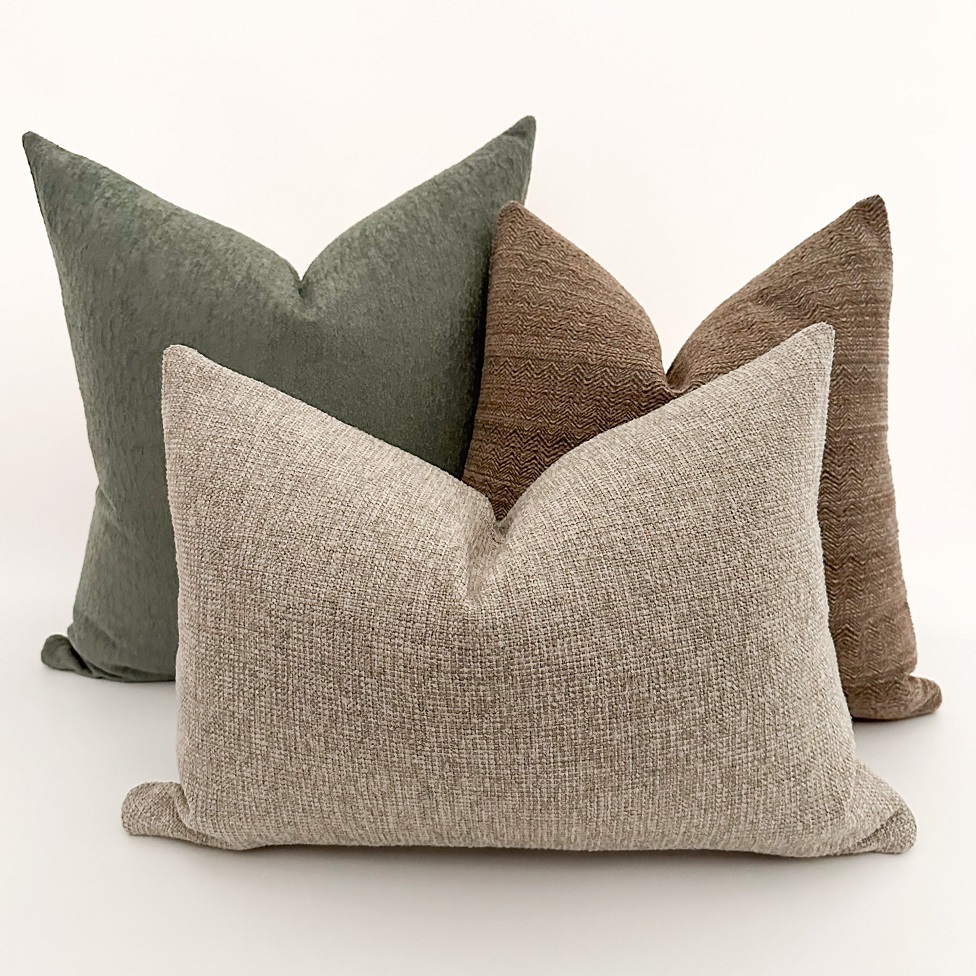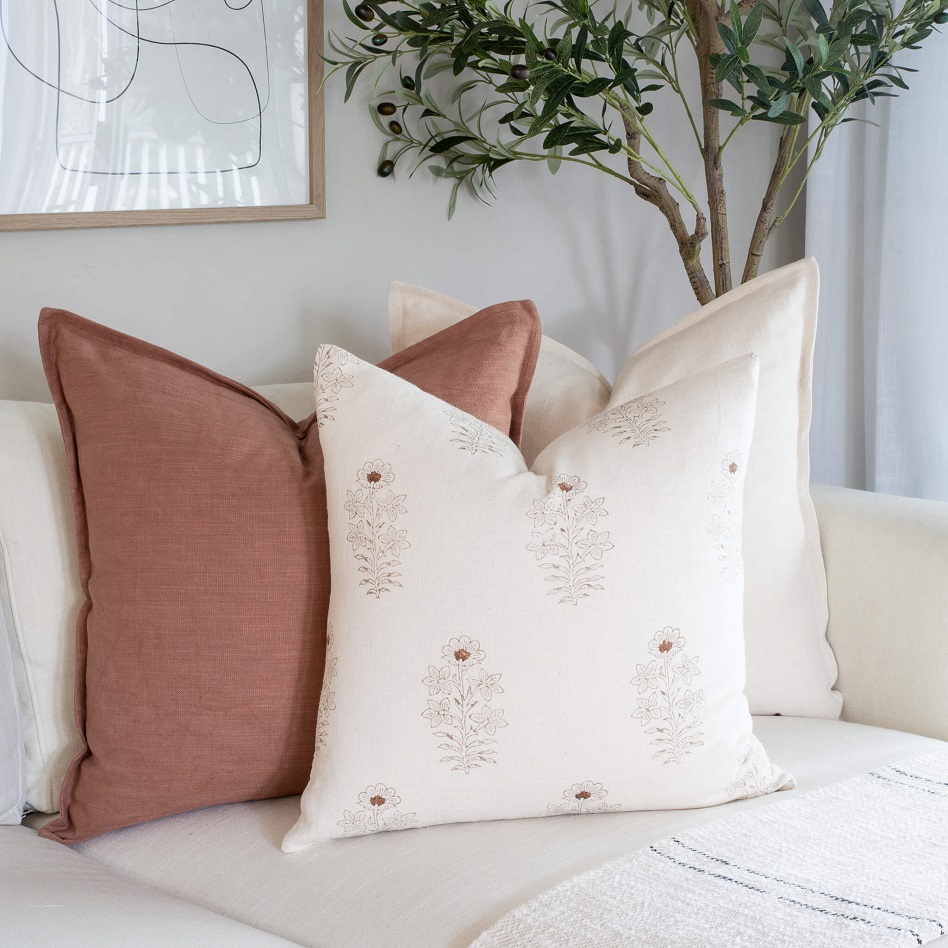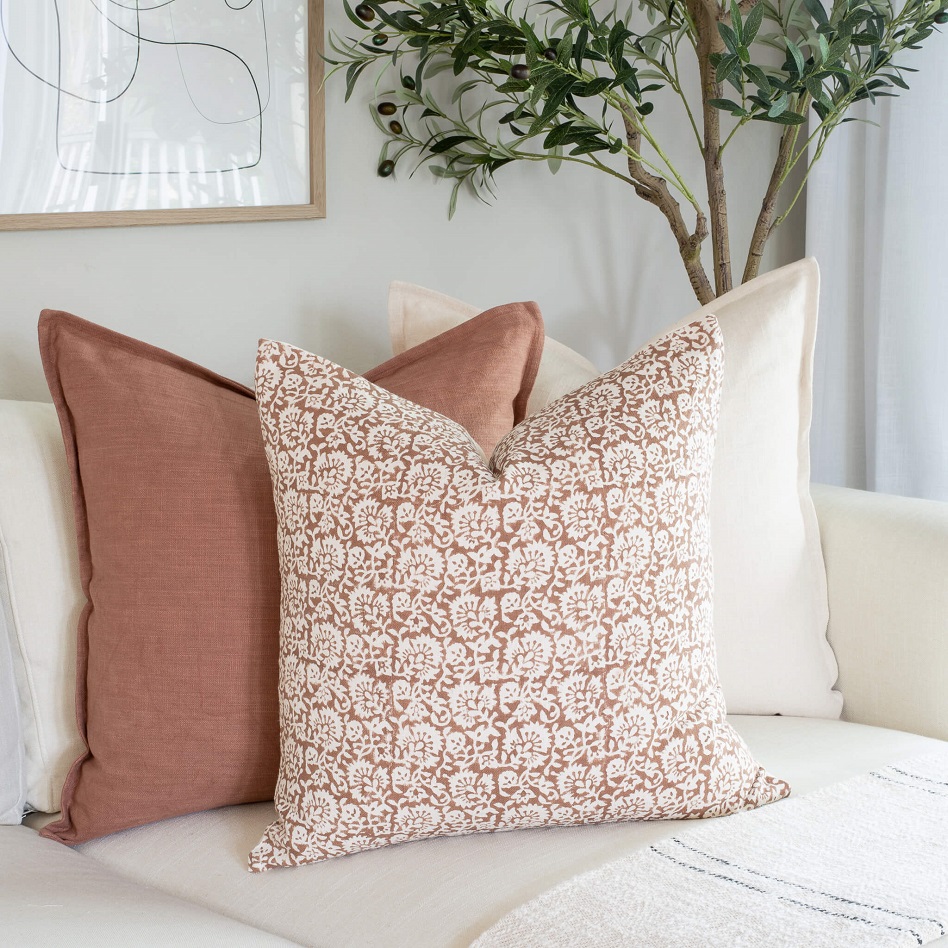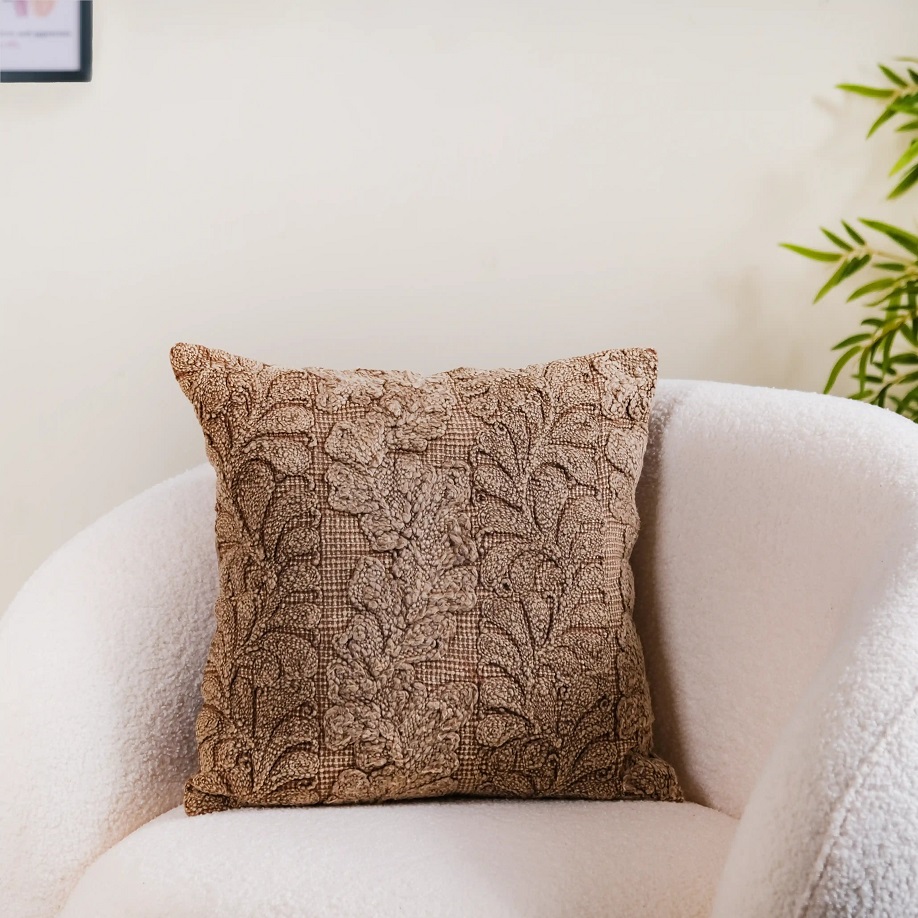Pillow covers are more than just an accessory for your cushions; they play a significant role in enhancing your home’s interior design. The right pillow covers can transform a dull room into a vibrant and inviting space. In this article, we will discuss the various aspects associated with pillow covers, including their importance, features, materials, styles, maintenance, and tips for selecting the right ones for your home.
Understanding the Role of Pillow Covers
Pillow covers serve multiple purposes in home decor. They not only protect your pillows from dirt and wear but also add a touch of style to your living space. When you walk into a room, the pillows on the sofa or bed catch your eye. If they are adorned with beautiful pillow covers, they can significantly enhance the overall aesthetic appeal of the room.
Furthermore, pillow covers can reflect your personality and taste. You can choose designs and colors that resonate with your style. Whether you prefer bold patterns, subtle textures, or minimalist designs, there are endless options available to suit your preferences. This versatility is one of the reasons why pillow covers have become essential in home decor.
Moreover, pillow covers can easily be changed according to seasons or occasions. For example, during the festive season, you can opt for covers with warm colors and holiday-themed patterns. In contrast, during summer, you might want to choose lighter fabrics with floral designs. This flexibility allows you to refresh your space without a massive investment, making interior design more accessible to everyone.
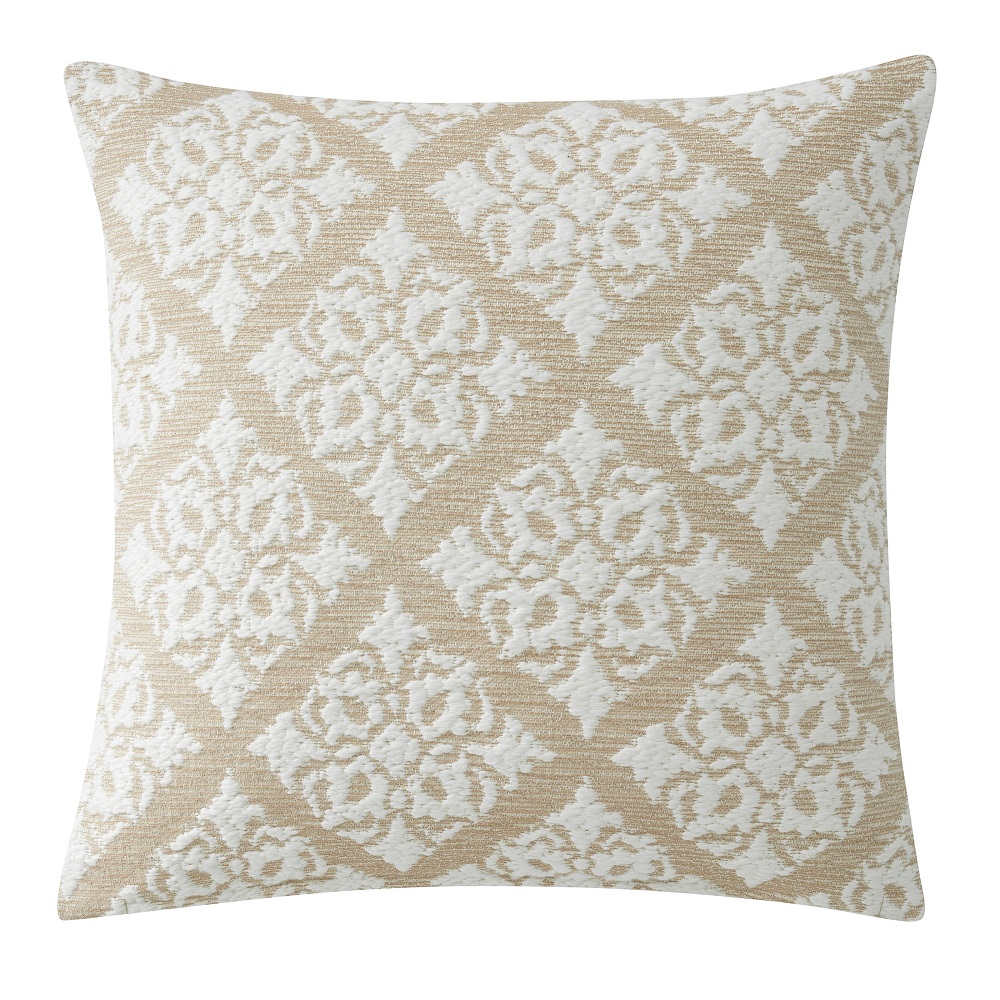
Types of Pillow Covers Available
When selecting pillow covers, it is essential to understand the various types available on the market. This knowledge helps you make informed decisions, ensuring that you choose the right covers for your pillows. One of the most common types is the zipper pillow cover. This type allows for easy removal and cleaning, making it a favorite among many homeowners.
Another type is the envelope pillow cover. This style features an overlapping back that holds the pillow securely in place without any zippers or buttons. Envelope covers are straightforward to use and offer a seamless look, which many find appealing.
You may also come across decorative pillow covers, often adorned with fringe, tassels, or embroidery. These covers are designed specifically for aesthetics and can serve as statement pieces in your decor. They often feature intricate designs and textures, which can add depth and interest to your space.
Lastly, there are also pillow cases designed explicitly for outdoor use. These covers are made from durable, weather-resistant materials that can withstand the elements. They are perfect for garden furniture, patios, or balconies. Choosing the right type based on your usage is crucial for maintaining your pillow covers’ longevity and functional appeal.
Materials Used in Pillow Covers
The material of pillow covers plays a significant role in their appearance and functionality. Different fabrics offer unique textures, durability, and styles that can enhance your decor. One of the most popular materials for pillow covers is cotton. This fabric is soft, breathable, and easy to wash, making it ideal for everyday use. Cotton pillow covers come in various weaves and patterns, ensuring you can find something that suits your style.
Linen is another sought-after fabric for pillow covers. It has a natural, relaxed appearance, often associated with a rustic charm. Linen is highly breathable, making it perfect for warmer climates. While it can be slightly more expensive, many find its texture and durability worth the investment.
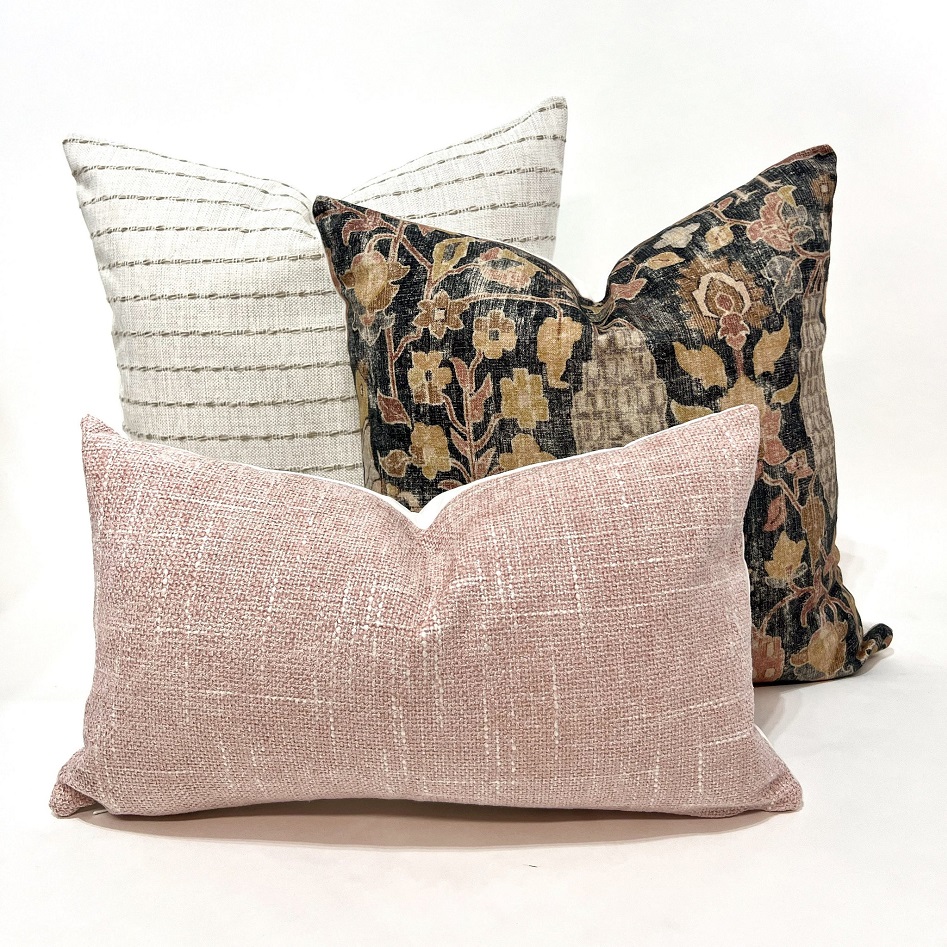
Velvet is a luxurious option that can elevate the look of any room. The rich texture of velvet pillow covers adds depth to your decor while also providing a sense of comfort and warmth. While they can require more care than cotton or linen, their visual appeal often makes them a popular choice for more formal or stylish rooms.
Synthetic fabrics, such as polyester, are also widely used in making pillow covers. These materials often mimic the appearance of natural fabrics while providing added durability. They are resistant to fading, wrinkles, and stains, making them a practical choice for families or high-traffic areas. The choice of material can greatly influence the overall vibe of your home, so it’s important to choose wisely.
Choosing the Right Styles for Your Space
Selecting the right style of pillow covers is vital for achieving a cohesive look in your home. Your pillow covers should complement your existing decor while also expressing your personality. Start by considering the color scheme of the room. If your room features neutral walls and furniture, you might opt for vibrant or patterned pillow covers to add a pop of color. On the other hand, if your space is already colorful, you may want to stick with neutral or muted colors to prevent it from feeling overwhelming.
Texture is another critical element to consider when choosing pillow covers. Mixing different textures can create an inviting and layered look in your home. For example, placing a soft velvet cover next to a woven one can add interest and depth to your seating area. Experimenting with textures can also evoke different moods; smooth fabrics often feel more formal, while rough textures can achieve a more casual, relaxed atmosphere.
Moreover, consider the theme of your home when selecting styles. If you have a coastal theme, opt for covers with oceanic prints or colors that reflect the beach. For a more traditional space, consider classic patterns, such as damask or plaid. Understanding your personal style, as well as the themes present in your home, can guide you in making better choices regarding pillow covers.
Maintenance and Care of Pillow Covers
Maintaining your pillow covers is essential for ensuring their longevity and keeping your home looking fresh. Regular care extends not only the life of the pillows but also the aesthetic appeal of your decor. First and foremost, it is crucial to check the care label of each pillow cover. Different fabrics have specific washing instructions that can greatly affect their durability and appearance.
General advice suggests that you wash cotton and polyester covers in cold water to prevent shrinkage or fading. You can machine wash these fabrics, but avoid using bleach or harsh detergents. For delicate materials like linen and velvet, consider hand washing or using the gentle cycle to preserve their texture.
Drying your pillow covers is another area where caution is necessary. For most fabrics, air drying is the safest option to avoid shrinkage and maintain the integrity of the material. If you choose to use a dryer, keep it on a low heat setting. Additionally, ironing may be necessary after washing; however, always check the recommended heat settings for the specific fabric before proceeding.
Rotating your pillow covers regularly helps keep them looking fresh. If you frequently use one particular set, they may wear out more quickly than others. To prevent this, consider having multiple sets of pillow covers that you can rotate as needed. This practice not only prolongs their lifespan but also allows you to refresh your decor frequently with minimal effort.
Eco-Friendly Options for Pillow Covers
As awareness of environmental issues grows, many consumers seek eco-friendly options in every aspect of their lives, including home decor. Fortunately, there are plenty of eco-friendly pillow cover options available on the market. Organic cotton is one popular choice. This material is grown without the use of harmful pesticides or chemicals. Not only is it better for the environment, but it is also safer for your family, particularly if you have young children or pets.
Bamboo fabric is another excellent option for eco-conscious consumers. Sourced from sustainable bamboo plants, this material is breathable, soft, and biodegradable. Pillow covers made from bamboo also tend to be hypoallergenic, making them a great choice for allergy sufferers.
Recycled materials are making their way into pillow cover production as well. Many companies are now creating covers from reclaimed or recycled fabrics. This practice reduces waste and minimizes the demand for new resources, all while providing unique, stylish options for your home decor.
When shopping for eco-friendly pillow covers, look for certifications that indicate sustainable practices. Certifications such as GOTS (Global Organic Textile Standard) or OEKO-TEX can help you choose products that align with your values while ensuring that you enjoy stylish and comfortable pillow covers.
Customization and Personalization
The trend of customization and personalization has become increasingly popular in home decor. Custom pillow covers allow you to create something unique to reflect your style. Many companies offer the option to personalize pillow covers with names, monograms, or custom designs. This feature can be particularly appealing for gifts, making them a thoughtful choice for friends and family.
When considering custom-made options, think about the design that resonates with the recipient’s personality or interests. For example, if someone loves travel, consider a cover that features world maps or landmarks. Personalized pillow covers can also bring a unique touch to your own home.
Moreover, you can experiment with DIY projects. If you enjoy crafting, creating your pillow covers can be a fun and rewarding experience. You can choose the fabric, pattern, and size that work best for you, leading to truly one-of-a-kind decor. Online tutorials make it easy to learn how to sew or create no-sew pillow covers.
Customization ensures that your living space exudes personality. You can mix and match various designs and colors to create a cohesive yet unique look. This practice also adds an emotional connection to your decor, making it feel more like home.
Trends in Pillow Covers
Just like fashion, home decor trends evolve, and pillow covers are no exception. Staying updated on the latest trends can inspire your choices and help you maintain a fashionable living space. One of the significant trends in recent years has been the use of bold colors and patterns. Replacing the once-popular neutral palettes, these vibrant options help create lively atmospheres.
Geometric patterns have also gained popularity. These modern designs can add sophistication to a room while remaining visually interesting. Mixing and matching different geometric pillow covers can create a fun, dynamic look.
Textured fabrics are another trend to watch. Velvet, faux fur, and chenille offer tactile elements that invite touch and enhance comfort. Layering various textured pillow covers can create dimensionality and give your space a cozy feel.
Sustainability trends continue to rise, and eco-friendly pillow covers are becoming more common. Many contemporary interior designers now prioritize natural and recycled materials in their home decor choices. Opting for sustainable designs not only supports a healthier planet but also adds a unique story to your home.
Tips for Arranging Pillows on Sofas and Beds
Having the right pillow covers is only one part of the equation; how you arrange them can significantly impact your decor. Properly distributing pillows can create a balanced and inviting aesthetic. Start by choosing a variety of sizes and shapes. Mixing square and rectangular pillows adds visual interest. Use larger pillows as a base and layer smaller ones on top for a professional look.
When arranging pillows on a sofa, consider the function of the space. If the sofa is mainly for lounging, choose a few comfortable pillows that invite relaxation. If it’s more of a decorative piece, you might opt for more visual variety with a greater number of pillows.
On a bed, it’s common to use a mix of sleeping pillows and decorative pillows. Start with the sleeping pillows against the headboard and layer decorative pillows in front. A mix of sizes and textures can create a lush and inviting look. Consider placing a couple of larger decorative pillows at the back and smaller ones in the front.
Don’t be afraid to experiment with arrangements. Play around with the styles and colors until you find a combination that feels right for your space. Regularly changing up how you arrange pillows can also breathe new life into your decor, making it feel refreshed without any major renovations.
Conclusion
In conclusion, pillow covers play a critical role in enhancing the comfort and aesthetic appeal of your home. They protect pillows while allowing you to showcase your personality and style. With so many materials, types, and designs available, you have countless options to choose from.
Understanding the importance of proper care and maintenance will help you ensure your covers remain in excellent condition. Eco-friendly choices reflect a growing consciousness towards sustainability, while customization offers a unique way to express individuality.
Finally, keeping up with trends can inspire your decor, and proper arrangements maximize the visual impact of your chosen covers. With these insights, you are equipped to select and care for pillow cover, transforming your home into a stylish and inviting space.
